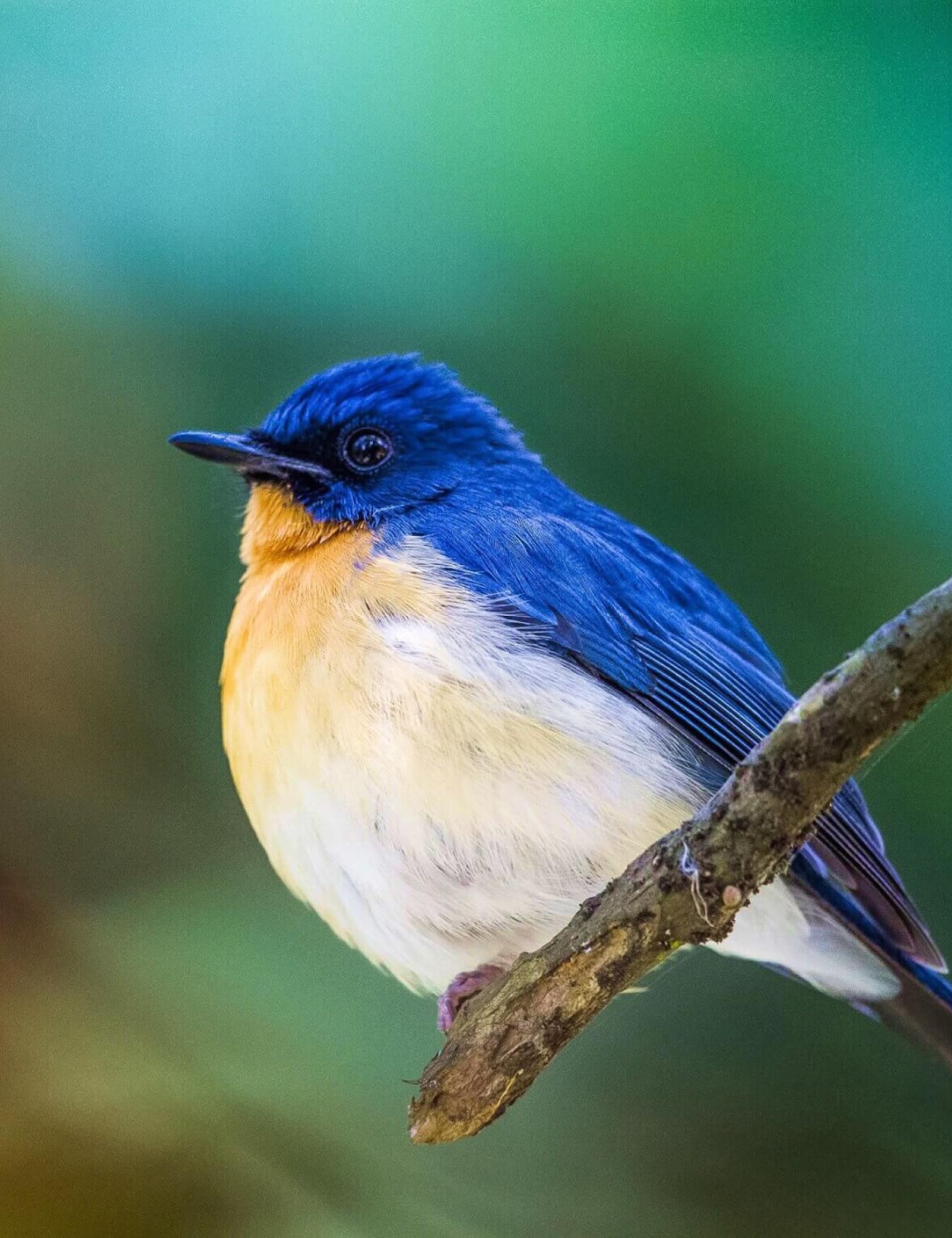Overview
Madhya Pradesh’s Bandhavgarh is a location of mythical importance. The historic Bandhavgarh Fort is significant because it is thought that Lord Rama gave it to his younger brother Lakshmana so that he could keep an eye on Lanka. Because “Bandhan” means “brother” and “Garh” means “fort,” this fort is titled Bandhavgarh.
There are various man-made caverns in Bandhavgarh that date back 2000 years and contain inscriptions and rock art. Bandhavgarh, once a maharaja’s hunting preserve, is now a national park that is home to the regal Bengal tiger, 37 other mammal species, 250 bird species, and 80 butterfly species. Visit Bandhavgarh National Park in Madhya Pradesh if you wish to see the huge cat.
There are more Royal Bengal tigers there than anywhere else in the world, making it the premier tiger habitat in India. In the Bandhavgarh National Park can be found the ancestors of all white tigers in the world. The first national park in India to offer tourists “The Hot Air Balloon Safari” is Bandhavgarh National Park in Madhya Pradesh. Now is the perfect time to discover Bandhavgarh National Park’s hidden treasures. For those who enjoy safaris, an overhead view of the limited buffer zone and the central zone will be an unforgettable experience.
It is stated that seeing a majestic tiger from a distance will make you feel awestruck, similar to how you might have felt as a youngster.

Best Time to Visit
The months of October, November, December, January, February, and March are the ideal times to visit Bandhavgarh. As this is the busiest time of year, expect some crowds. The months of April, May, and June have typical weather.
Park Closure
Opens: November to April.
Closes: From June to September, the park remains completely closed to visitors.
Safari Options: Jeep Safari, Canter Safari.

Fauna
Bandhavgarh National Park is well regarded for having a huge density of tigers. It’s believed to have the world’s highest density of Bengal Tigers. The national park also consists of amazing fauna species like Chausingha, Nilgai, Chital, Langurs, Chinkara, Macaques, Muntjac, Jackals, and Wild Boar. You can also find different butterflies and birds which belong to the wildlife of Bandhavgarh.
Flora
Bandhavgarh is known to be rich in diversity of flora thanks to the combination of different types of soils and landforms and the region remains very moist. Bandhavgarh is known to have Southern tropical moist deciduous and Moist peninsular sal forest, as well as Southern tropical dry deciduous forest. It has over 50 aquatic plant species, 600 flowering plant species, and 18 rare plant species. Technically termed as Sal forest, the other common flora in Bandhavgarh National Park includes tree species such as, Saja , Dhauda, Tendu, Arjun, Palas, Salai, Bhirra, Gamar, Dhaman , Kalasiris, Khair, Frankincense tree, Kusum and Haldu.

How to get there ?
By Air
By Rail
By Road
Related Tour
Price starts from
₹64,800
Tour Date
- June 01-05, 2024 (Kanha Safari) - Sold Out
- June 01-08, 2024 (Kanha & Bandhavgarh) - Sold Out
